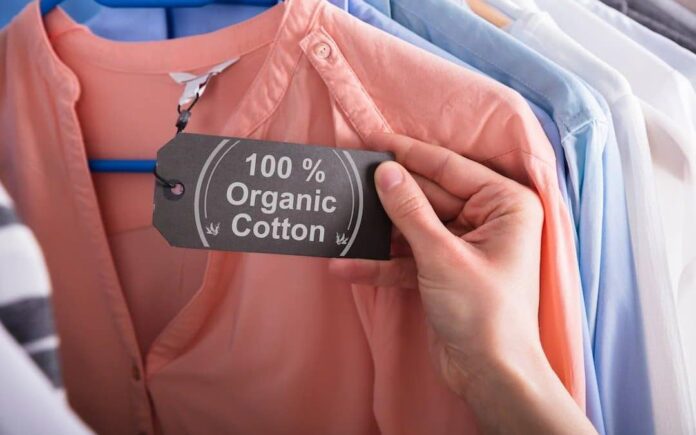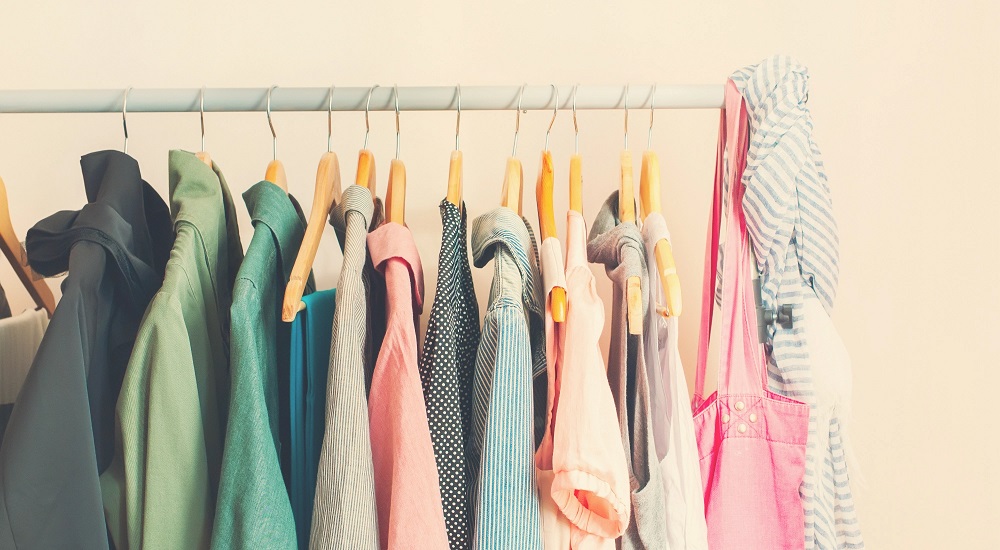Veganism, unlike what many think, goes far beyond your diet. Think of it as a guidance on living life with careful consideration of people, animals, and the environment.
Apart from our diets, one of the biggest offenders in the world of veganism is our fashion choices. From leather bags and shoes to wool sweaters and silk blouses, animals are everywhere in fashion. That’s not even considering makeup and beauty.
Fortunately, there are many ways you can implement(and find out about) vegan fashion in your life! You don’t have to make a total switch either. Just small changes here and there are bound to reduce your impact and shift your way of viewing the world.
Why Vegan Fashion Is Important
Over the last couple of years, there has been a rise in the vegan movement. More and more people are becoming aware of the repercussions of animal husbandry and how it negatively affects the living beings on our planet.
For one, the animal industry releases copious amounts of greenhouse gases—probably about the same as the transportation section, although it varies across countries.
Next, of course, there is the unethical treatment of animals within these industries. In so many places across the globe, animals are placed in terrible living conditions and subject to harsh treatment.
The reasons why people go vegan can be any of the two, or it could be specific personal reasons that aren’t covered by those two broad categories.
But whatever someone’s reason for going vegan is, they are surely making a positive change.
Buy Vegan Natural Fibers
Perhaps the easiest way to implement vegan fashion in your life is to start buying natural vegan fibers. There’s an emphasis on natural because so many vegan alternatives aren’t good for the planet either!
Some common natural fibers you won’t have trouble looking for are cotton, linen, bamboo, lyocell (semi-synthetic), and hemp. These are all plant-based fabrics that don’t contain or involve any animals.
However, plant-based fabrics aren’t always the best option, all things considered. Cotton, for example, is the most widely used natural fiber in the world. In fact, after all the food crops we consume, cotton is the main crop we produce and harvest [1].
Considering that we eat food pretty much every day, that’s a lot of cotton.
Unfortunately, conventionally farmed cotton is quite bad for the environment as well. Cotton farming requires plenty of chemicals and water, both of which negatively impact our environment.
While only consuming 2.3% of our arable land, cotton is actually the fourth largest pesticide user worldwide [2]. Even though it only occupies a little over 2% of cultivated land, it’s still one of the biggest agrochemical offenders.
If you choose to purchase cotton, we would highly recommend buying organic. Most brands will indicate if their clothes are made from organic and fairly sourced cotton, so be sure to watch out for those.
There are also other natural fabrics, like rayon, that can be misconstrued as sustainable when they’re not. Be careful of fabrics that are marketed this way.
If it isn’t clear yet from our previous suggestions, we recommend avoiding synthetics. Fabrics like polyester and nylon are basically everywhere, but that doesn’t mean they should be your first choice.
These cheap fabrics are not biodegradable and are often made with nonrenewable sources, such as petroleum.
Avoid Buying Leather Shoes/Bags
If you want to implement vegan fashion in your life, it’s vital to avoid leather in all forms. However, some vegans may prefer to keep their still-usable leather items. It ultimately depends on you how you want to view it, but further purchasing of leather goods is generally a no.
Good, high-quality leather is the industry standard for so many objects: dress shoes, laptop bags, skate shoes, and more. But it’s one of the worst materials to make, especially if it isn’t made well.
Leather production, especially chrome tanning, has an incredibly high environmental and health toll. There have been numerous worker deaths reported over the years, which indicates the unsafe working conditions these tanning factories pose.
If you prefer leather, there are plenty of vegan leather options available! These typically imitate the feel and look of leather without any animal component. Just like all other items, these alternatives also have varying levels of sustainability.
PVC is a pretty common vegan leather alternative but it’s one of the worst materials out there. It’s cheap, low quality, and has a high environmental cost. As a synthetic polymer, it won’t degrade after you’ve worn the product out, so no sustainable end of life.
Leather alternatives that are safe for the animals and the environment are plant-based leathers such as apple leather, pineapple leather, mushroom leather, and even cactus leather! These still aren’t entirely plant-based, but we’re hoping to see those come out in the future.
You can also opt for PU leather. It’s synthetic but it’s really high quality so that you can use it for a really long time given the proper care. Just make sure to purchase your pleather items responsibly, which leads us to the next way you can implement vegan fashion.
Slow Fashion
At the core of it all, there is slow fashion. It’s the idea of consumption that’s based on careful consideration of others, not mindless spending based on what’s new and trendy.
If you want to limit your environmental impact through practicing vegan fashion, make sure to question your purchases right from their very roots. Buying vegan clothes wouldn’t change your impact very much if you’re still supporting industries that harm the environment, animals, and people.
Buy from Cruelty-free and Vegan Makeup Brands
Although makeup isn’t really clothing, it’s still a huge part of fashion. When buying makeup, always make sure to check if the product is cruelty-free and vegan.
Common non-vegan ingredients in makeup are beeswax, honey, and lanolin. When shopping, you should also check for relevant certifications because these will help you ensure the brand is cruelty-fee and vegan.
Conclusion
Implementing vegan fashion in your life is easier than most think. It doesn’t mean you have to throw out your nonvegan clothes (although some might prefer to donate theirs) nor does it mean you have to severely limit yourself.
As they say, there is no perfect vegan. There is no one path to practicing veganism, and what you do is up to you!
Just remember that all changes, no matter how small, make a difference.



















